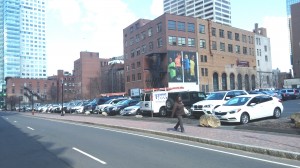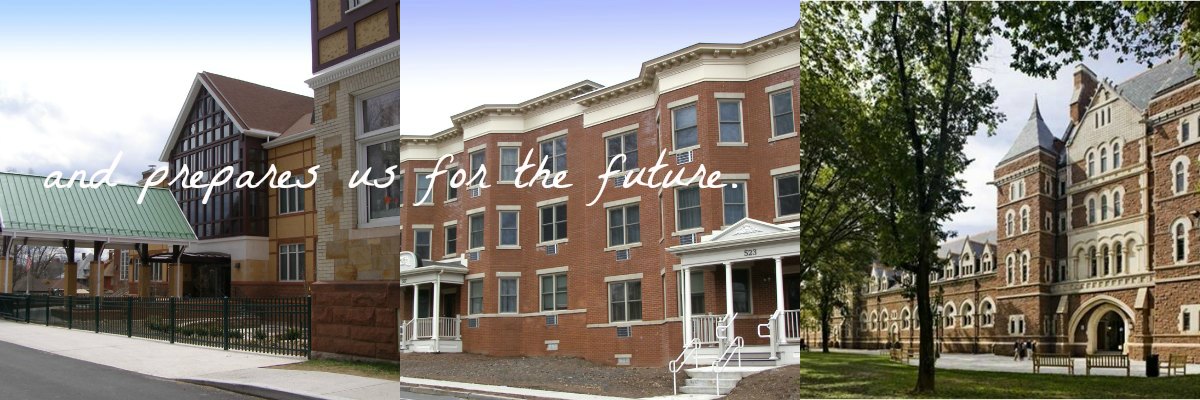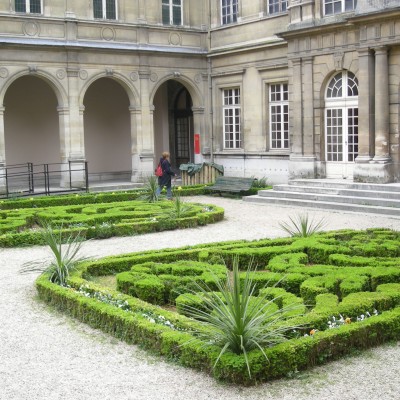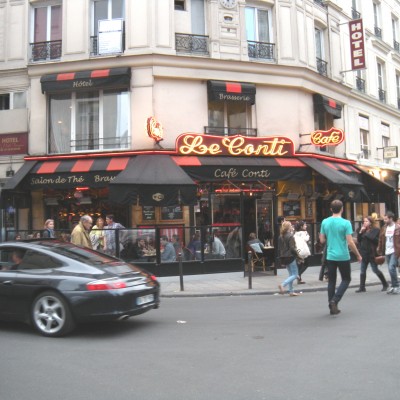Kip Bergstrom, director of Connecticut Department of Economic Development’s Offices of Branding, Innovation, Historic Preservation, the Arts and Tourism, has published a paper entitled “The Power of Place in Connecticut” which has launched a statewide conversation. Placemaking is defined as “an active attempt by a community of people to define and express themselves and the place where they live”. Overall this is an initiative to reflect on where we live and, I believe, where we attract people to want to visit and live.
So what?
I’m just back from a trip to Paris where one finds the quintessential definition of place. Just talking about Paris causes responses of “love it, want to visit it, want to go back, always dreamed of going”. An extreme example to be sure, but visitors desire to be part of the fabric even if for a short time. To me this is how I make sense of placemaking as a concept.
Hartford struggles with a sense of place in my opinon. One example: there is much talk around the historic fabric of our city – 4,500 structures by last count -but in practical terms where is our ethos of preservation? Property owners do what they can to circumvent the preservation of buildings in the neighborhoods throughout Hartford. One need only sit in on a meeting of the Hartford Preservation Commission to learn that owners petition for cheap. In nearly every case cost is the complaint. Preservation as a contribution to community fabric, an increase in property values, for taking pride in restoration are not the themes of hearings. One recent comment suggested that the approved petition for “cheesy” window replacements would cause “the owner to have to live with them.” I argue that indeed these cheap windows will require the neighborhood to live with them.
 A colleague suggested that one does not travel to visit a CVS or a parking lot. It took me a second to grasp the meaning until I thought of Main Street, Hartford or the controversy surrounding the zoning change to allow a mega-Walgreens to be built on the corner of Prospect and Farmington Avenues in West Hartford. How do we establish the ethos of historic preservation as a community development tool or one which markets the city to visitors? Perhaps we might take seriously the concept of placemaking. Bergstrom suggests in his paper:
A colleague suggested that one does not travel to visit a CVS or a parking lot. It took me a second to grasp the meaning until I thought of Main Street, Hartford or the controversy surrounding the zoning change to allow a mega-Walgreens to be built on the corner of Prospect and Farmington Avenues in West Hartford. How do we establish the ethos of historic preservation as a community development tool or one which markets the city to visitors? Perhaps we might take seriously the concept of placemaking. Bergstrom suggests in his paper:
“Think of it as a conversation with ourselves, our predecessors and our descendants which takes place in space across time-past, present and future.”
Now that is a conversation worth having.









